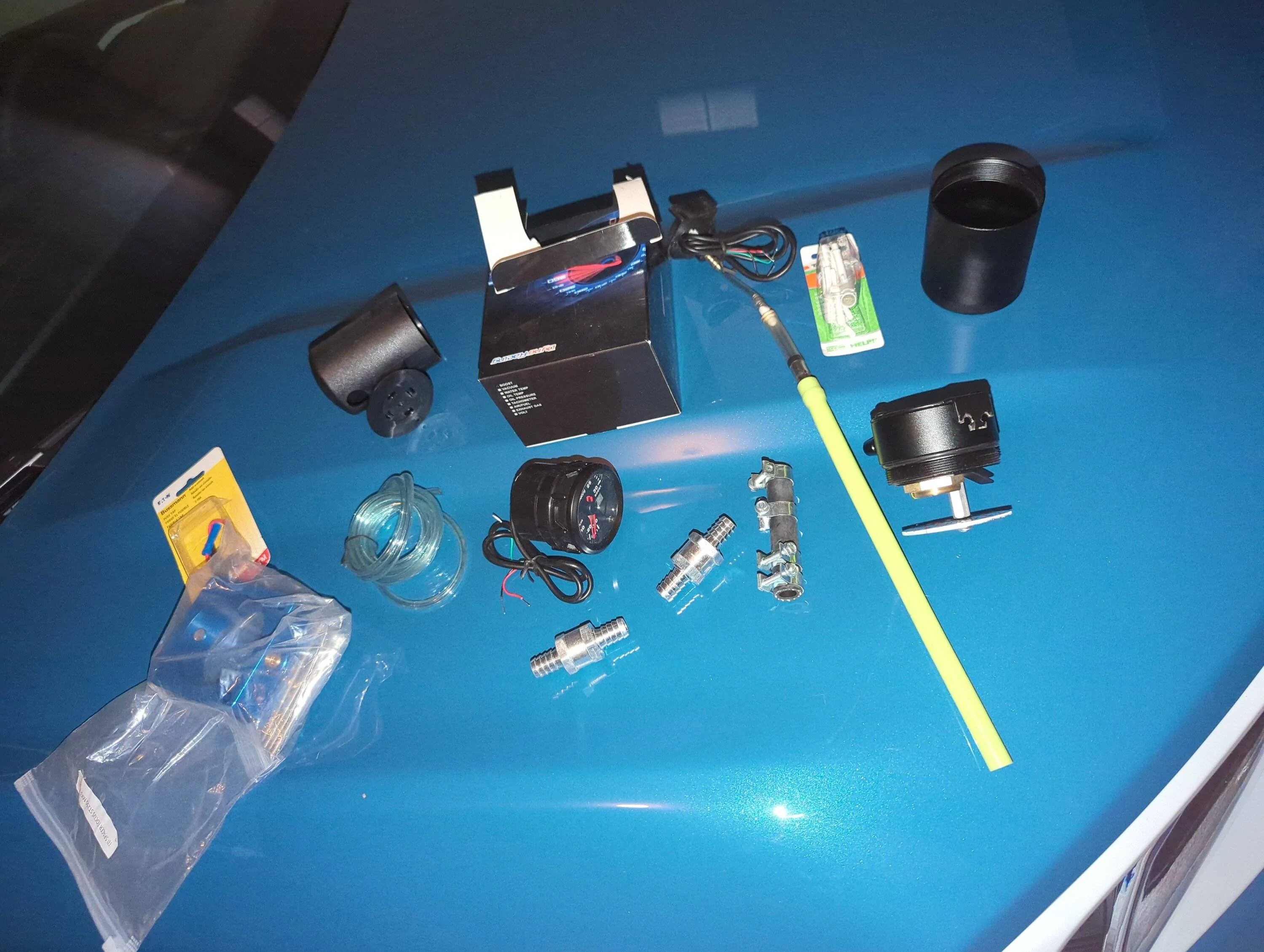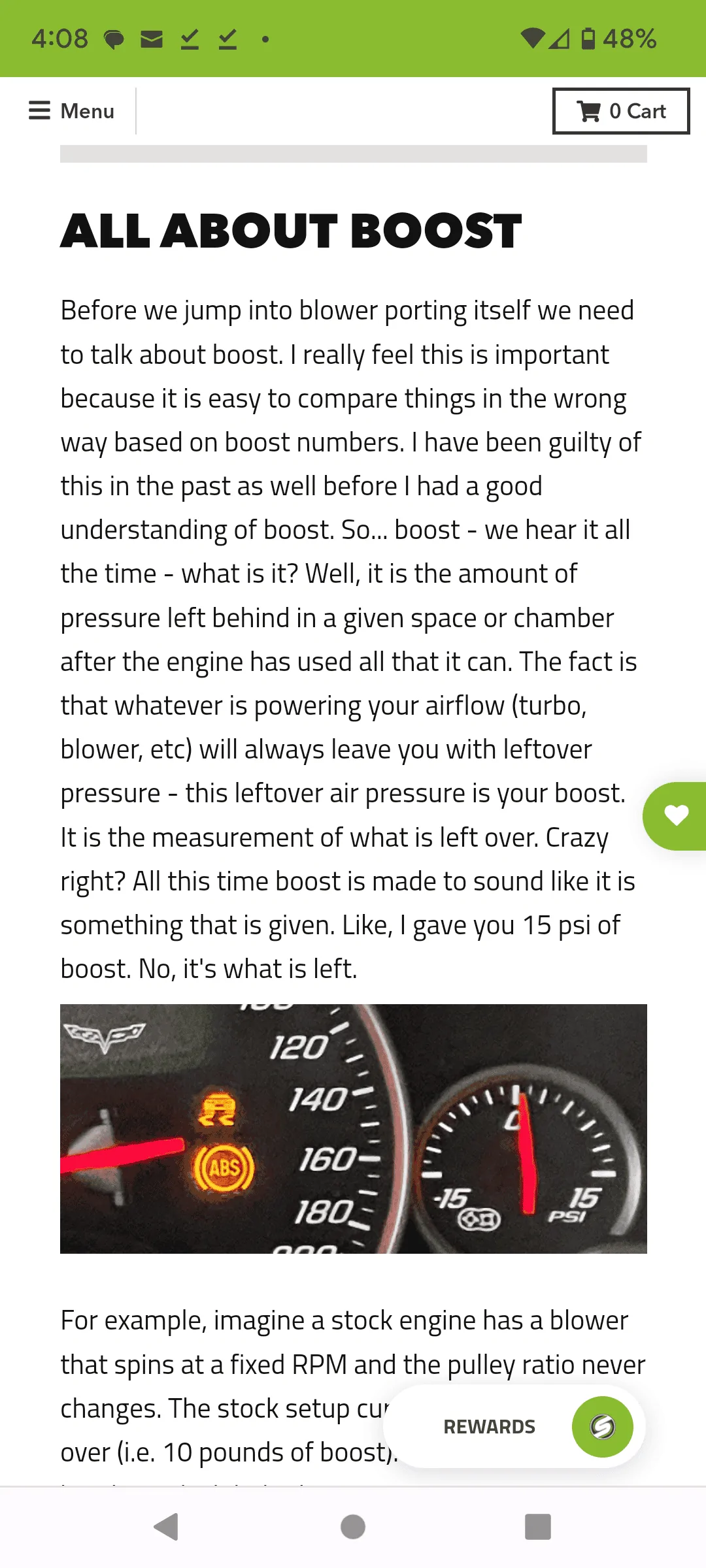- Thread starter
- #16
They're not really old parts. They're from like a year ago but here if you want a picture of the parts. I've got them all gathered together except for the blowoff valve adapter because I left that on the full size bronco but it's the same thing that I had on my 22 Badlands and I just ordered a replacement.
And it's not that they're not the correct parts. It's that I'm not going to pay $180 for something that I can get for 30 and I know that the quality is just fine for what it is. Same thing with the catch can sometimes they want over 200 bucks for those when I can spend 20-30 bucks and I just have to do the hoses myself. You know I've got the catch can with a filter and everything. And the check valves, and good clamps that aren't the worm gear clamps, lots of vacuum line with plenty of different sizes.
Basically It just comes down to if you want to spend almost 10 times the price on something so that it just bolts right up or not but this isn't something that's hard to figure out. I mean I've made my own supercharger kids. This is cake and honestly I think it's fun figuring it out myself and then I know that it's designed right and it's going to work right? And I know how it works if something does happen.
But I do get other people wanting to just buy something that's just plug and play and done. But I have more time than money and I love working on stuff like this. So pretty much almost always going to go this route.
And sometimes they're just isn't an option. Like I don't think anyone offers a boost gauge for these and I think that that's a very important thing to have on a boosted car. Going for my 2014 escape and I'm going to do one for this one. If I hadn't traded in my 22 Badlands it would have probably been done by now on that one
too.

And it's not that they're not the correct parts. It's that I'm not going to pay $180 for something that I can get for 30 and I know that the quality is just fine for what it is. Same thing with the catch can sometimes they want over 200 bucks for those when I can spend 20-30 bucks and I just have to do the hoses myself. You know I've got the catch can with a filter and everything. And the check valves, and good clamps that aren't the worm gear clamps, lots of vacuum line with plenty of different sizes.
Basically It just comes down to if you want to spend almost 10 times the price on something so that it just bolts right up or not but this isn't something that's hard to figure out. I mean I've made my own supercharger kids. This is cake and honestly I think it's fun figuring it out myself and then I know that it's designed right and it's going to work right? And I know how it works if something does happen.
But I do get other people wanting to just buy something that's just plug and play and done. But I have more time than money and I love working on stuff like this. So pretty much almost always going to go this route.
And sometimes they're just isn't an option. Like I don't think anyone offers a boost gauge for these and I think that that's a very important thing to have on a boosted car. Going for my 2014 escape and I'm going to do one for this one. If I hadn't traded in my 22 Badlands it would have probably been done by now on that one
too.

Sponsored
Last edited:


